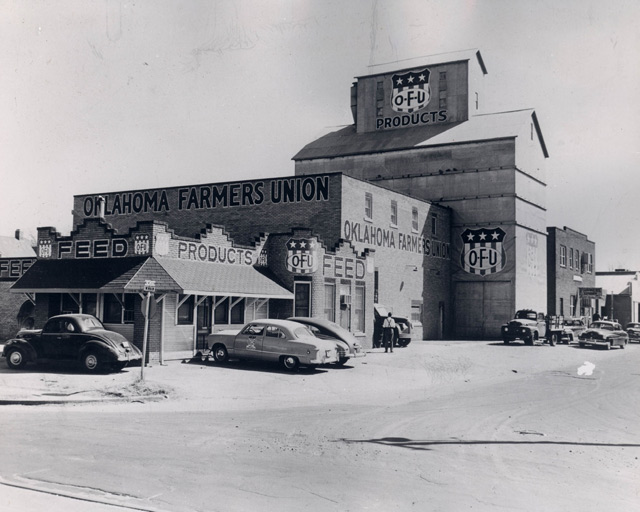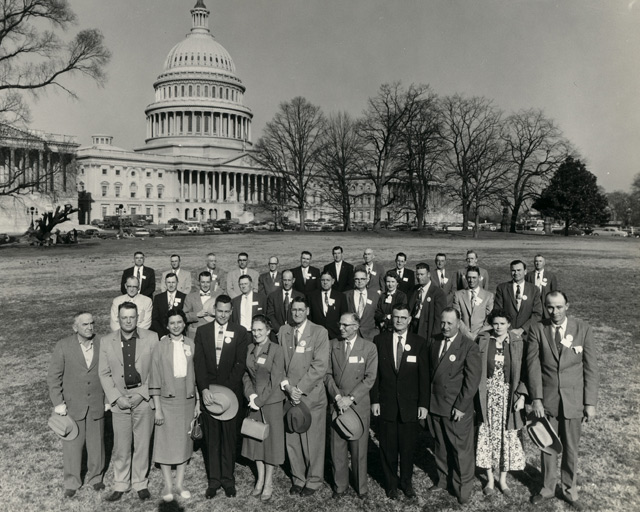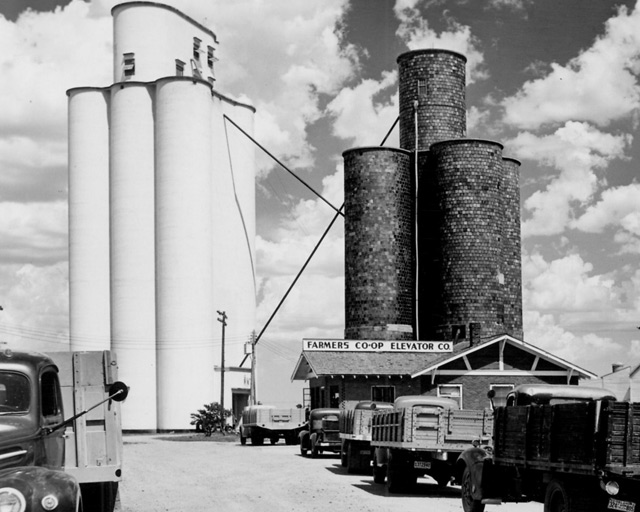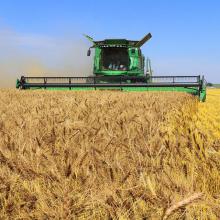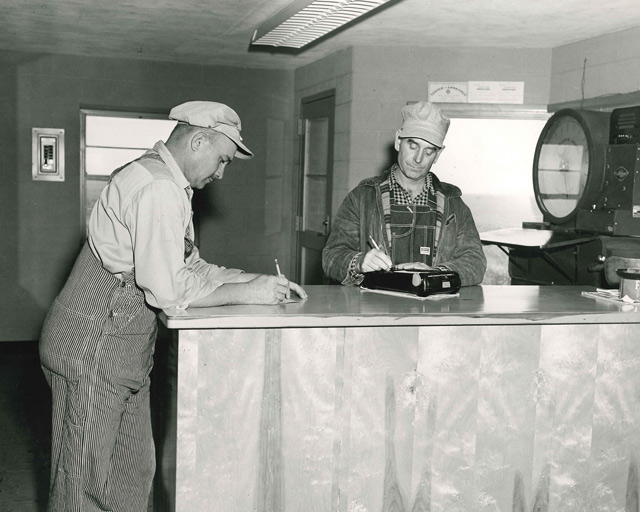
Ever since civilization began, people have seen mutual benefit in working together to achieve a common goal. In discussing the history of cooperatives it is difficult to distinguish between the concept of cooperation — combining efforts for a common goal — from that of forming a user-owned business.
“There are examples of businesses with many of the common characteristics of a cooperative in the 1600s and even earlier,” said Phil Kenkel, Bill Fitzwater Cooperative Chair at Oklahoma State University. “It is difficult to classify those examples as cooperatives since the legal structure for a cooperative, and even the legal structure for a corporation or partnership, did not formally exist.”
One of the first examples of a successful cooperative business was the Rochdale Society of Equitable Pioneers which was formed in England in 1844. The Rochdale founders also developed principles for a user-owned business which is now recognized as the first set of cooperative principles.
